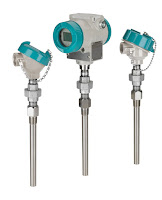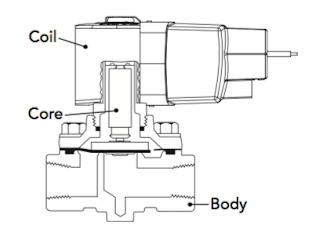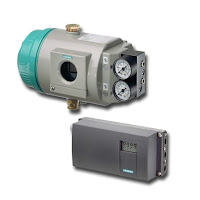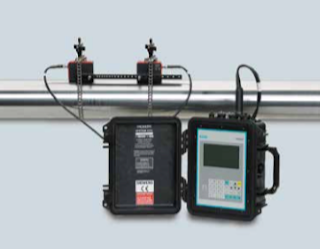 |
Save energy costs by reducing
consumption of plant air. |
Industrial plant air is one of the easiest sources of power to transmit and use. It’s also one of the most costly to generate. Information from the United States Department of Energy (DOE) indicates a wide variety of factors determine the cost of compressed air. These include, but are not limited to, local electrical energy cost, efficiencies of electric motors and compressors, load factors, and service time.
Plant maintenance are becoming more aware of air leaks and the subsequent increases in cost to overcome lost power because of those leaks. One of the major culprits for lost air in a plant is the pneumatic
control valve positioner and the air required to operate them. In a typical process plant, there could be hundreds of control valves. Each control valve uses a positioner to move the valve actuator, based on a set point signal from a controller.
It is the control valve positioner where the greatest air consumption savings lies.
Years ago, when electricity was cheap and when
valve positioners were first introduced, plant maintenance and engineering were not concerned with something called the “bleed rate” of the positioner. Over the years though, plant personnel lost track of bleed rate and pretty much forgot that a positioner is just part of the system and it operates on air. Today, a modern process facility such as a power plant, refinery, or chemical plant can have several hundred control valves with positioners. The combined air loss due to the positioner “bleed rate” can be significant.
An immediate solution to this problem is to replace the control valve positioners with modern, energy-efficient, low-bleed models. One model, the Siemens SIPART PS2 has a proven track record of providing substantial savings to large plants. In one case, a tabacco company that had 2500 positioners was planning on spending $600,000 on a new compressor to increase output. After reviewing the capabilities of the low bleed positioner and running some tests, the plant decided to implement a plan for replacing the positioners which mitigated the need for a new compressor.
The significant change in technology came with the adoption of the adoption of a piezo ceramic valve block in low bleed positioners. Traditional positioners used an I/P and spool valve which both leaked air. Over time the leaks from these two parts is significant.
Could you and your plant be in the situation where lost energy efficiency through leaky positioners is costing big bucks? If you’re even the slightest bit concerned,
call in an applications expert now for a system review.











